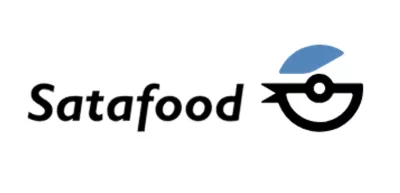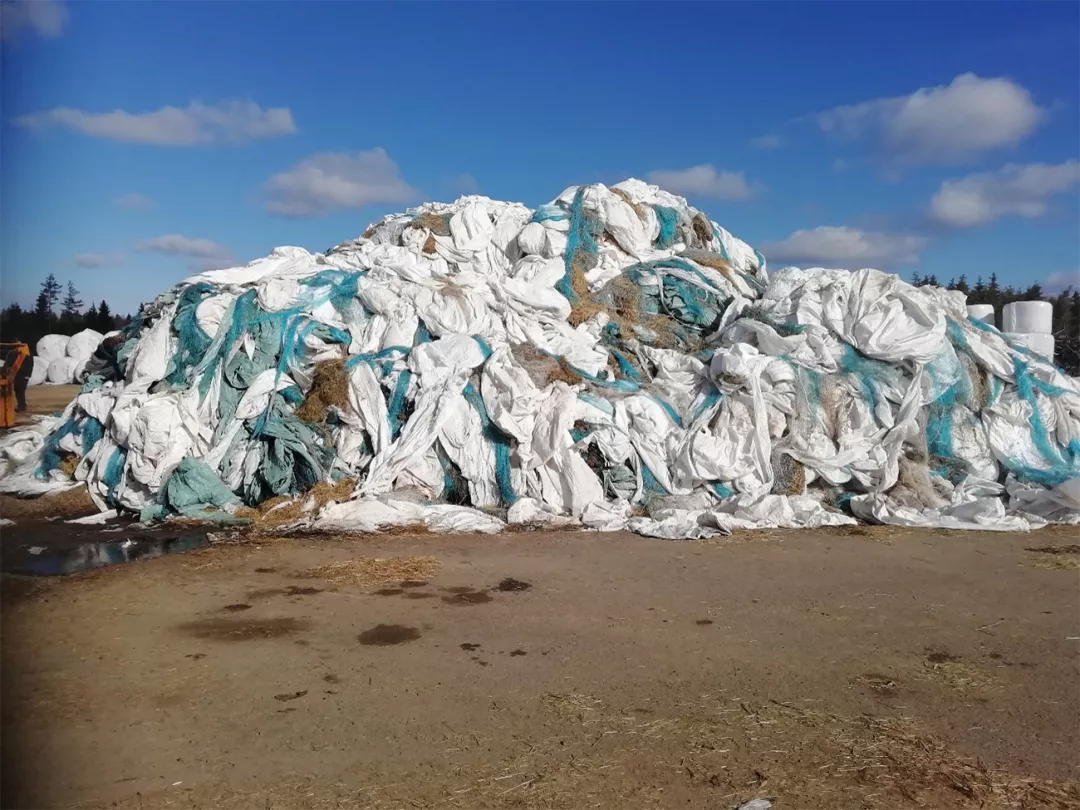General information
RDP Priority
- P1. Knowledge transfer and innovation
RDP Focus Area
- 1A: Innovation & cooperation
RDP Measure
- M01: Knowledge transfer & information actions
Beneficiary type
- Non-governmental organisation
Summary
This innovation project focused on promoting agricultural plastic waste recycling by fostering collaboration and developing practical solutions. The project team helped address challenges faced by rural areas, including varying waste streams and long transportation distances. Through pilot projects, including the establishment of on-farm collection points and mobile collection services, CAP co-funding developed effective collection systems and promoted the adoption of sustainable practices. As a circular economy project, it directly benefited farms generating plastic waste and contributed to the environmental sustainability of agricultural practices.
Results
- Farm capacities for the circular economy were built from agricultural plastics, including establishing a long-term collection partnership.
- Awareness was raised about agricultural plastic waste recycling and recycling opportunities in two regions.
- Networking stakeholders and new knowledge through farm visits, pilot farms and visibility events.

Promoter
Satafood Development Association
Funding
Total budget: 180 113 (EUR)
EAFRD: 60 518 (EUR)
National/Regional: 83 572 (EUR)
Private/own: 36 023 (EUR)
Resources
Documents
Good Practice Report - ÄLYMUOVI (Smart solutions for agricultural plastic recycling – SMART PLASTICS)
(PDF – 1.1 MB)
Links
Context
Approximately 12 000 tonnes of agricultural plastic waste are generated annually on Finnish farms. There are two main types of plastic waste: packaging plastics (covered by producer responsibility legislation) and non-packing plastics. Non-packing plastics include silage plastics packaged on farms or cover and fleece plastics used in horticulture. Although farmers can exploit recycling terminals (for packaging plastics) or a nationwide collection system for silage wrap, only a small proportion of plastics are collected.
The biggest challenges in recycling agricultural plastics on farms are related to identifying and separating different types of plastics, assessing the degree of contamination of the plastics and not knowing where to take each type of plastic for processing. These factors hinder the further use of plastic material.
Satafood is a food chain and environmental development organisation operating in southwestern Finland, the country's biggest agricultural area. The project was implemented in close cooperation with Turku University.
Objectives
- Increase recycling rates for agricultural plastics and develop innovative solutions.
- Reduce environmental impact by minimising plastic waste.
- Create a more sustainable and environmentally friendly agricultural sector.
Activities
A survey on the current state of agricultural plastics involved mapping the amount of agricultural plastic waste generated in the project area. The survey also sought farms willing to be pilot farms for the project.
Interviews of the pilot farms collected data on the farms’ current recycling practices and aspirations for improvement, disseminating sorting instructions and information about plastic waste.
Farm visits and examples of sorting and storage solutions collected information about different solutions to facilitate and improve the sorting and storage of plastics on farms. Through interviews and multiple visits and events (virtual and physical), potential solutions were identified.
Guidelines for farms on sorting plastics, identifying different types of plastics, and assessing the level of contamination were developed. These were presented at events and meetings and emailed to stakeholders and farms.
A list of companies accepting agricultural waste was created, with facilities categorised based on the types of plastic they accept.
A plastic recycling pilot involved: 1) collecting agricultural plastics (bale plastics) on seven farms (cooperation between farms continued until the end of the project); and 2) a larger-scale plastic collection campaign for targeted farms located around the Archipelago Sea (removal of several years’ worth of accumulated plastics – in total of 90 tonnes of plastic waste collected)
A recycling pilot for horticultural plastic involved cooperation with Wimao Oy, which provides plastic recycling technology that transforms raw materials into finished products. A pilot trial was initiated, and the project provided a batch of mixed plastic waste from horticultural production of the project area for Wimao.
Collaboration, events and communication invovled the project team actively collaborating with other agricultural plastic waste projects, local stakeholders and farms. The project participated in organising a hackathon with Jamk University of Applied Sciences aimed at developing innovative solutions for agricultural plastic logistics. Numerous articles and news were published in various media outlets to disseminate and effectively communicate the project's findings and gain knowledge.
Main results
The project successfully disseminated and communicated information about agricultural plastic waste recycling and recycling opportunities throughout the two regions. Events were well-attended, ensuring effective outreach to target and stakeholder groups. The collection models implemented among pilot farms fostered collaboration, leading to the establishment of a long-term collection partnership in one case. Valuable insights on implementing plastic collection in different environments were gained.
Other quantified results:
- Numbers of new recycling solutions tested in collection trials among many farms: three planned, two implemented.
- Farm visits: five.
- Events and meetings organised by the project: 10.
- Project presentations and other events: six.
- Survey respondents: 394.
- Farms that expressed interest in serving as pilot farms: 155.
- Number of news articles: 15.
Key lessons
- The project showed that the farms that generate plastic waste are often located in remote areas, far from each other, and companies that accept and recycle plastics are far away. Additionally, different types of farms generate very different amounts of plastic waste, and the composition of the waste varies significantly. During the project, a number of challenges were discovered related to the collection logistics system. The regions lack a functional system, which needs to be addressed with local solutions. A second collection pilot highlighted the challenges of the plastic collection system, especially in the archipelago area.
- Engaging farms and drawing their attention to the measures was crucial. Finding partners and stakeholder collaboration was also significant, especially when planning and implementing farm visits and pilot trials.
